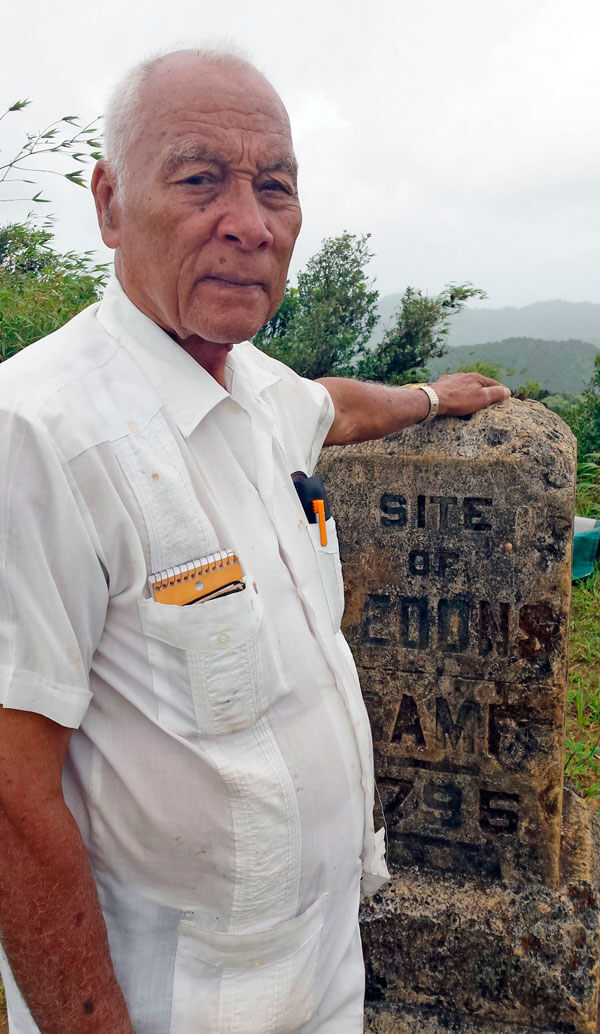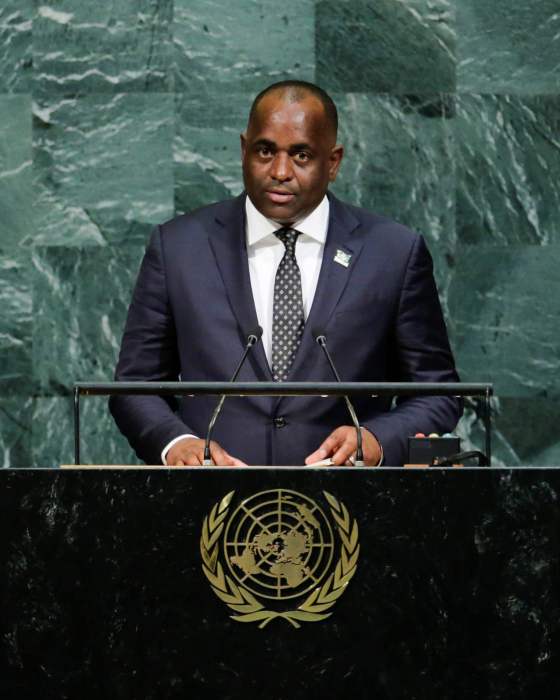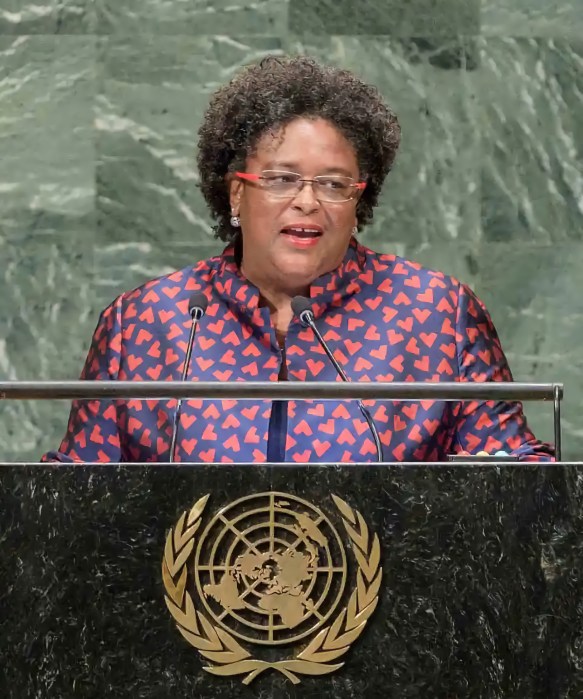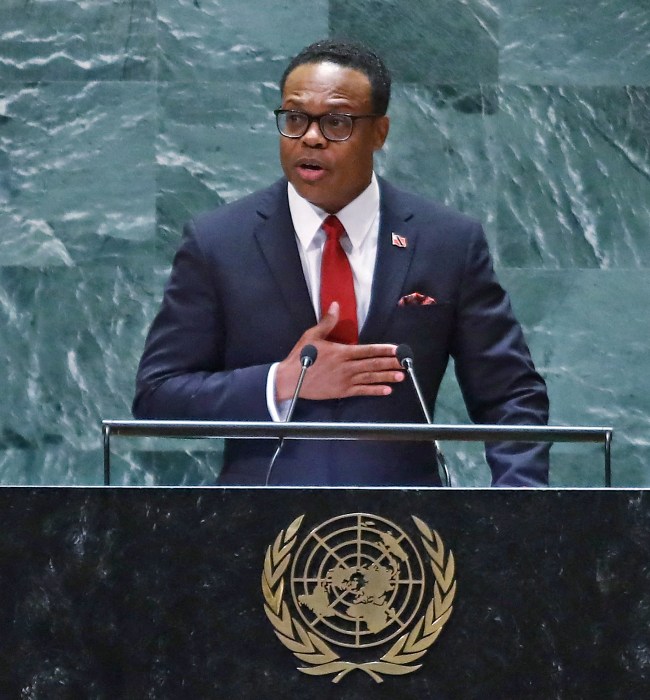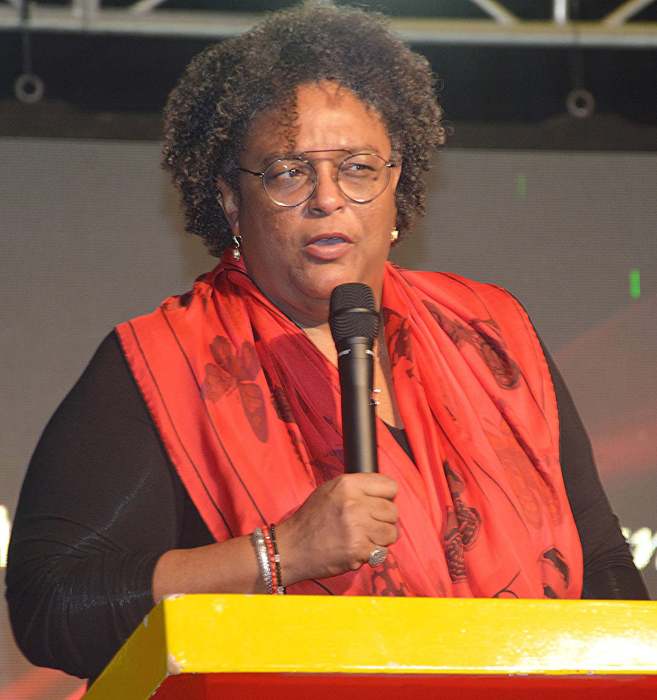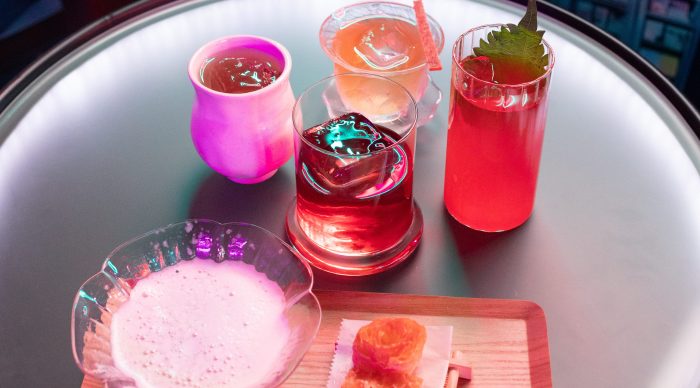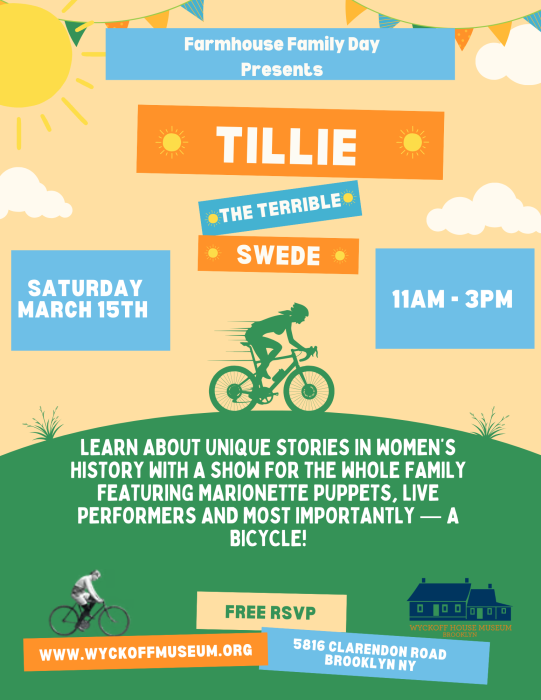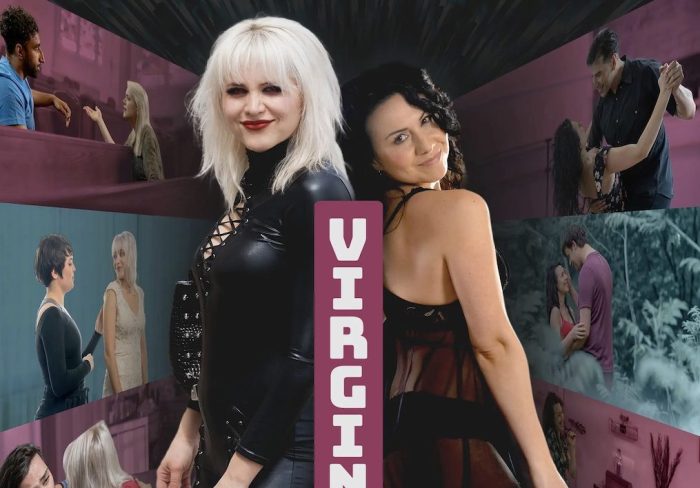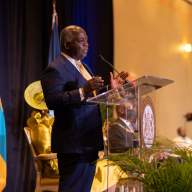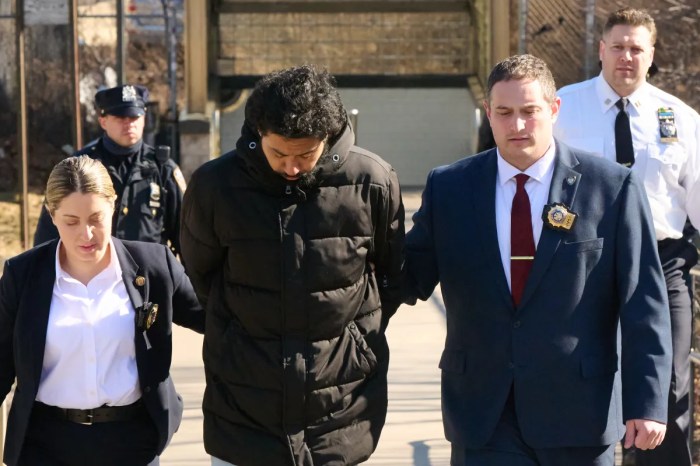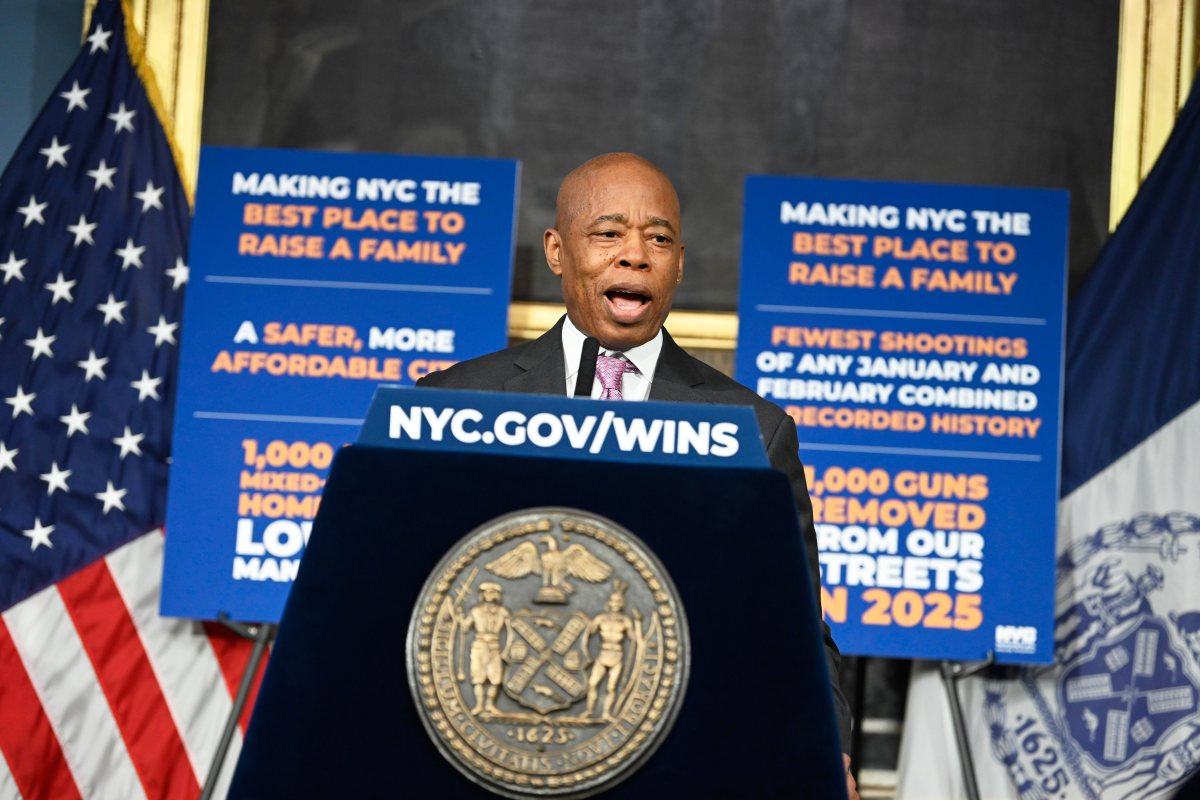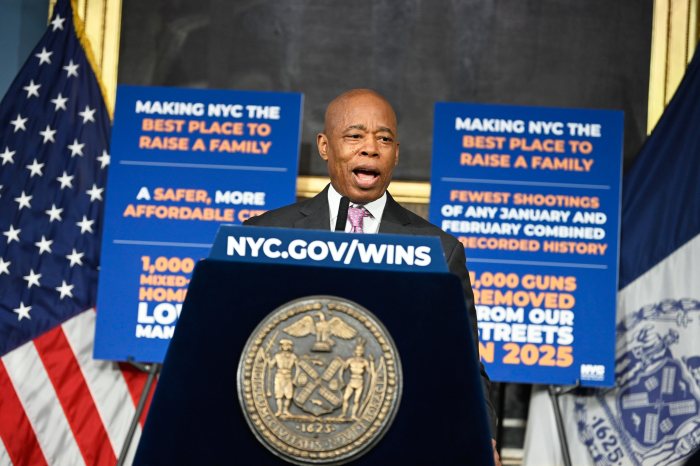Soon after the Kalinago in Grenada, most people refer to them as Caribs, reluctantly allowed the French to settle on their island on March 17, 1649, they realized that they had lost their independence. They battled unsuccessfully to get back their island and regain their freedom. Some even jumped into the sea from a hilltop, known today as Leaper’s Hill, to their death rather than surrender.
The name of the island, Camàhogne, would change several times; European nations, specifically the French and English, would seize it in the name of their respective king. The English would permanently take control of Grenada in 1783 until, one may say, the island “regained” its independence on February 7, 1974 led by trade unionist and politician Eric Matthew Gairy.
Over the centuries people of different backgrounds attempted to free Grenada from European domination. The most popular attempt was led by Julien Fédon beginning at midnight on March 2, 1795 and ending on June 19, 1796. Since Fédon immediately declared all enslaved free and demanded the English administration turnover power to him, some historians claim that Fédon attempted to free Grenada. The jury may be still pondering its verdict on Julien Fédon. Did Fédon lead a rebellion against British domination with the sole intent of allowing France to rule Grenada again? Or, did he truly want Grenada to be an independent nation such as the Thirteen British North American colonies that declared their independence on July 4, 1776 and Haiti which did the same a few years later?
Late 19th and early 20th century leaders dreamt of an independent Grenada achieved through constitutional changes arranged amicably with Britain. William Galwey Donovan and T.A. Marryshow were credited for this strategy. The West Indies Federation of 1958-1962 of which T. A. Marryshow was regarded as “The Father of the Federation” was aimed at all British West Indian colonies from Jamaica to the then British Guiana achieving independence as a single unit. The Federation failed after a mere four years.
The two largest islands of the defunct British West Indies Federation, Jamaica and Trinidad & Tobago, sought their independence and accorded to them in August of 1962.
By 1966, the British Government realized that it was no longer profitable to maintain its weakened British Empire and, moreover, it would be just a matter of time before all its colonies demand independence. Therefore, the British came up with a plan to prepare its Caribbean colonies for independence.
The constitutional structure of its Eastern Caribbean colonies was changed giving Grenada and the rest of the Windward and Leeward islands the right to govern themselves. Britain would be only responsible for defense and foreign affairs.
The new constitutional structure was termed “Associated Statehood with Britain.” By then it was an open secret that “Internal Self-Government” or Associated Statehood would lead to independence.
Statehood was granted to Antigua, St. Kitts, Nevis and Anguilla, Saint Lucia, St. Vincent, Dominica and Grenada.
Associated Statehood with Britain came to Grenada on March 3, 1967. Grenada now had its own national flag and national anthem. There was a competition for the people of Grenada, Carriacou and Petit Martinique to design the flag and compose the anthem. This writer placed 2nd in the flag design competition.
Public holidays were declared to welcome that attainment of Statehood. The title of chief minister was changed to premier and the administrator became the governor. Chief Minister Herbert Blaize became Grenada’s first premier and Administrator Ian Turbot became Governor Turbot.
Statehood events included a Children’s Parade in Queens Park, the opening of Parliament, the hoisting of Grenada’s “first official flag” (not the Union Jack) and receptions.
This writer was then a school teacher. The government invited him and a few other promising young people from various parishes, Carriacou and Petit Martinique to be special guests at several Statehood events. For the midnight raising of the flag all roads led to St. George’s. Vessels arrived with many people aboard from Carriacou and Petite Martinique.
I was on a bus from Gouyave and excited for two reasons. (1) About Statehood and (2) to see if my first ever article was published in The West Indian newspaper. Yes! It was about Julien Fédon and the 172nd anniversary of his revolution, March 2–3, 1795 – March 3, 1967, written to coincide with the achievement of Statehood.
The entire three-island state was inspired by the coming of Statehood.
One prominent politician and union leader did not participate in the official Statehood events; he celebrated Statehood amongst the grassroots and general public. This tactic by Eric Gairy may have convinced him that the people wanted independence just like Jamaica, Trinidad & Tobago and Barbados. With this in mind, during the next two general elections, Gairy would promise to seek independence.
Statehood was the final corner to turn before the achievement of independence on Feb. 7, 1974, led by Premier Eric Matthew Gairy who became the baby nation’s first prime minister.
Herman Hall’s book: Belvidere Estate – Fédon’s House, Grenada: Voices from the Past is scheduled for release in late February in print.
The ePublishing version can be obtained from Barnes and Noble Nook: www.barne
One of the revelations in the book is to learn that people in Carriacou, Petite Martinique and across Grenada were principal leaders of the Fédon’s Revolution.
Herman Hall is the publisher of EVERYBODY’S Magazine, promoter and booking agent for Oliver Samuels plays and booking agent of the veteran calypso/soca artist Shadow.


